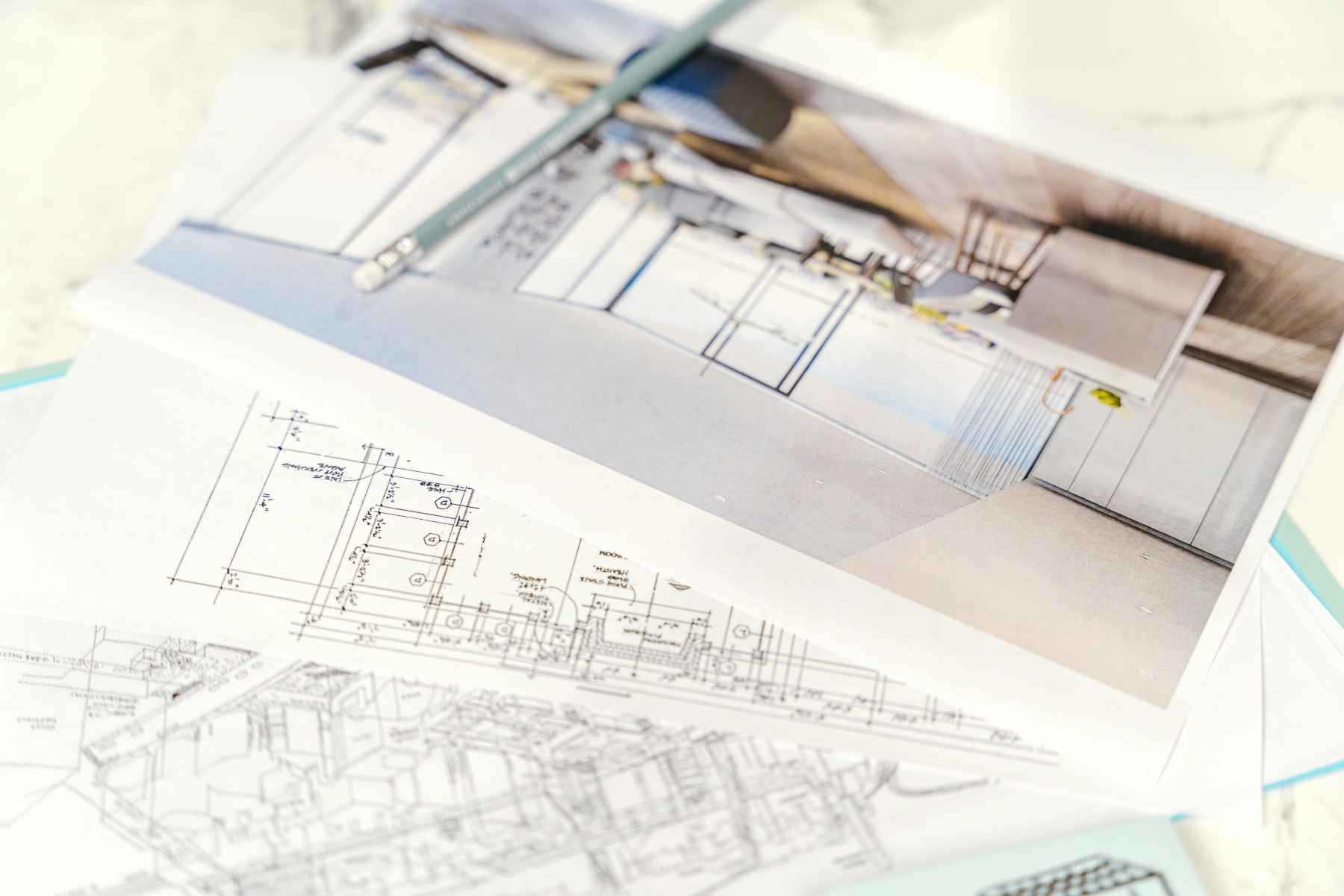Diving headfirst into the engineering field can be an overwhelming and intimidating experience, especially if you are not familiar with the intricate terminologies and multi-faceted nature of the industry. One term that often bewilders beginners is MEP drafting.

This blog aims to provide a beginner’s guide to MEP drafting, offering clarity and understanding. So, if you are new to the field, read on to alleviate your apprehension and give a kickstart to your drafting journey!
What is MEP drafting?
At its core, MEP drafting is the creation of blueprints for mechanical, electrical, and plumbing (MEP) systems within a structure. Engineers utilize these drawings to ensure that the planned systems operate correctly, with all the necessary components correctly positioned and interconnected.
To accel in MEP drafting, it’s crucial to understand the three fundamental components, Mechanical, Electrical, and Plumbing that are the building blocks of MEP design.
Mechanical
This largely revolves around designing and documenting heating, cooling, and ventilation systems. Key considerations include energy efficiency, air quality, and temperature control.
Electrical
As for electrical systems, drafters detail elements such as lighting, alarm systems, and power outlets. Electrical network safety and the careful placement of components to prevent potential problems are critical factors in designing these systems.
Plumbing
Involving sanitizing and water supply systems, designing for plumbing calls for a deep understanding of water sources, drainage routes, and how to design efficient water supply architectures.
MEP drafting services are sought by architects and contractors worldwide, as these blueprints serve as the foundation of a successful project.
Also Read: The Roadmap to ITIL Certification: Understanding the Prerequisites
Why is MEP drafting important?
In today’s fast-paced and technologically advanced era, the importance of MEP drafting has grown immensely. Delivering successful construction projects is more than just building structures – it’s about creating functional, safe, and energy-efficient spaces which are enjoyable to live in. Here’s how MEP drafting contributes to that mission.
Coordination and Collaboration
MEP drafting fosters coordination and collaboration between various stakeholders, including architects, engineers, contractors, and project owners, by providing a common blueprint.
Error Detection and Mitigation
By providing a detailed depiction of systems, MEP drafting enables the early detection of potential problems and allows teams to remedy them before construction begins, saving time, and expense.
Streamlined Building Operations
MEP drafting ensures the optimal positioning and interconnection of systems, promoting better building functionality and streamlined operations for the users or tenants.
The evolving role of technology in MEP drafting
Technology has significantly transformed the MEP drafting process, redefining efficiency, accuracy, and overall productivity. 3D modeling, Building Information Modeling (BIM), and Computer-Aided Design (CAD) have all revolutionized how drafting is done, making it more accurate and efficient.
They allow professionals to detect clashes, quickly make revisions when changes are needed, and even simulate how systems will perform once the construction is completed.
Embracing technology is no longer optional in the MEP drafting world. To stay competitive, you need to adapt and continually update your skills in these technological advancements.
For beginners, understanding and learning these modern tools is the stepping stone to a promising career in MEP drafting. Indeed, efficient drafting services today go hand-in-hand with technology.
Also Read: CCNP Service Provider Certifications: Tips of 350-501 SPCOR Exam Pass
Conclusion
In essence, MEP drafting is the silent hero of the construction industry, an engine that propels projects toward successful and timely completion. Understanding and mastering it can act as a springboard for exceptional growth in your engineering career.
While the journey may be difficult initially, perseverance, coupled with an active desire to learn and adapt, will undoubtedly smooth the path ahead. So, take the plunge and embark on this exciting journey to bring blueprints to life!




